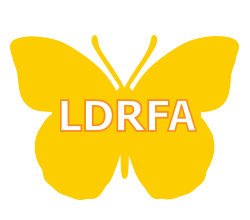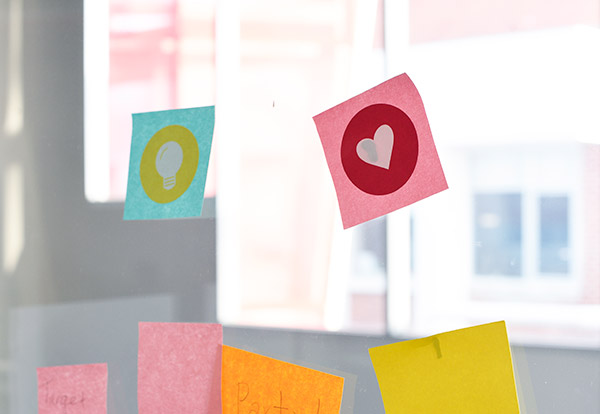Teacher’s praise is one tool that can be a powerful motivator for students. It is often not used enough in our education system and research suggests that praise is particularly underused in the special education classroom.
Table of Contents
ToggleThe act of giving Praise has the power to increase student academic outcome and help them to face and counter setbacks. There is some evidence that praise statements about one’s general ability can actually decrease the student’s appetite for risk-taking fostering the ability to make a more appropriate judgment, but it must be used correctly.
A direct link between the effort a student invests in class homework and improved academic or behavioral performance has been correlated to the act of praising.
Teachers can deliver praise in several ways: in private or in-front of the class; or by writing. It is worth noting that, while most students in elementary grades may easily accept public praise, evidence suggests that middle and high-school students actually prefer private praise (Burnett, 2001). So, when in doubt when dealing with older students, deliver praise in private rather than in public(Burnett, 2001).
However, the very act of giving praise, can come with unforeseen complications.
According to research published by the American Psychological Association, teachers must be careful with how they praise a student.Positive Praise is an important tool, but one that is difficult to use and one that may affect the child’s self-esteem. Praise for overall ability may be easily misconstrued. It may suggest to the student that “any good performance is a result of natural ability, with the implication that a poor performance is a result of natural deficiency”. However, with that said, praise and positive reinforcement do work well under the right circumstances, especially for children.
“Offering praise for a student’s work and efforts can alter the student’s mindset so that the student can begin to view their own intelligence as something that can be developed.” Praise and encouragement have been shown under the right classroom conditions to be the building blocks of emotional and social development for all children, including those with special needs, according to Suzie Dalien, M.ED. executive function ,Effective classroom management with the use of positive reinforcement and praise, is one way to help decrease behavior issues, increase student engagement in academic tasks and encourage positive changes in all students including those with special challenges.
References: http://www.apa.org/education/k12/using-praise.aspx
Burnett, P. C. (2001). Elementary students’ preferences for teacher praise. Journal of Classroom Interaction, 36(1), 16-23.


